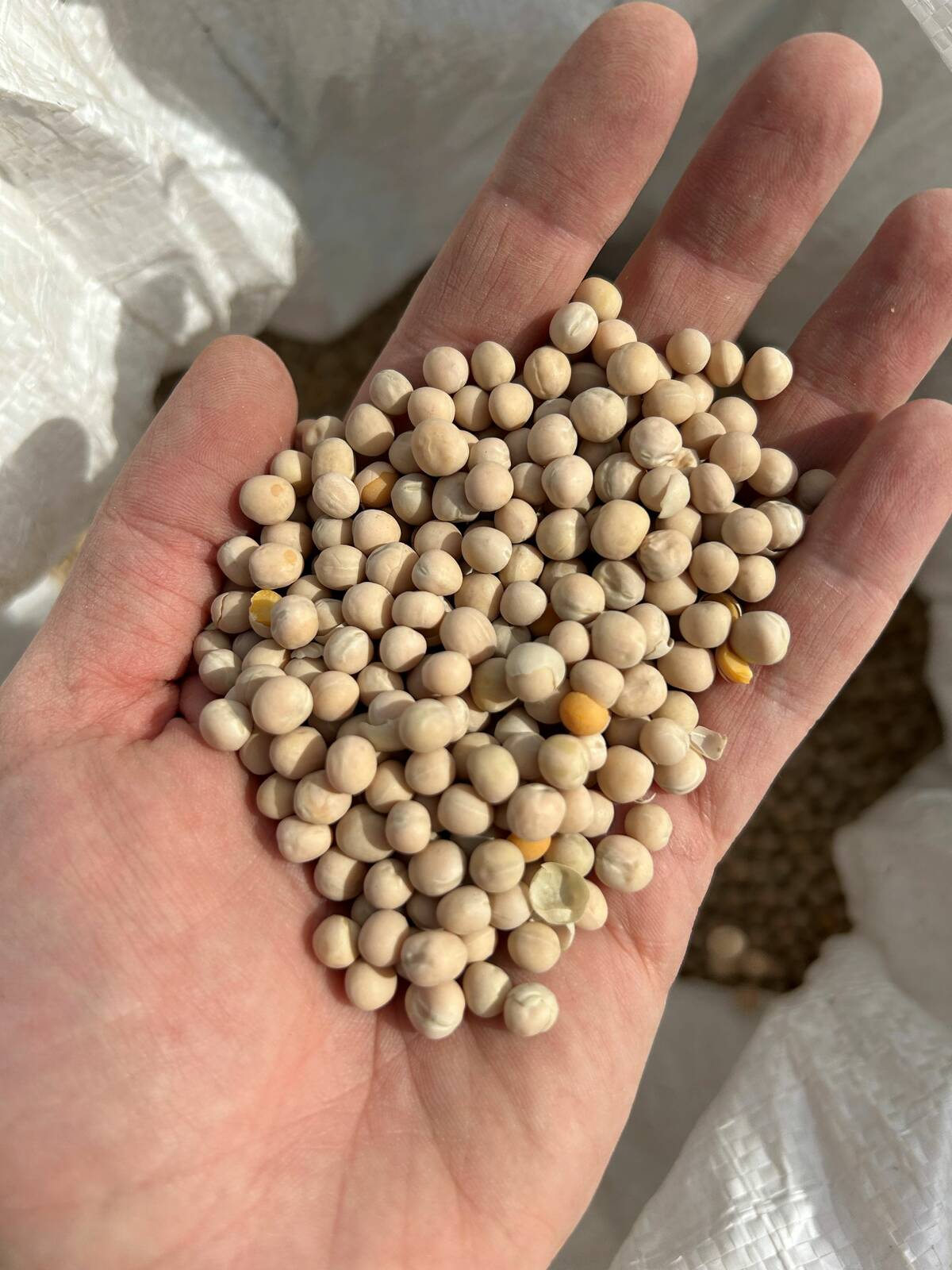A provincial committee asked to consider whether to preserve Nova Scotia’s ag land and otherwise protect it from development has called for the province to take “immediate steps” to preserve its farming land base.
In its report, released Monday by the provincial ag department, the Nova Scotia Agricultural Land Review Committee declares that “provincial action to preserve and protect agricultural land should be enacted as soon as possible.
“While some initiatives will necessarily take longer to develop due to funding realities and structural and regulatory requirements, delay will not only result in the loss of valuable agricultural resources but will also raise the final cost to the public.”
Read Also

Pulse Weekly: Tariffs guide yellow peas in 2025
Tariffs were a major influence on Canadian yellow pea prices in 2025, with levies imposed by China and India. The two countries are Canada’s biggest foreign pulse buyers.
The panel was named in November last year to run a public review of the management and long-term future of Nova Scotia’s farmland. Plans to form such a committee were first announced in April 2009 but were temporarily derailed by a change in government last summer.
The panel, in its report, calls for the province to take “immediate” steps to preserve the existing ag land base “because of the significant cost and time requirements associated with recovery of non-producing agricultural land.”
And such steps are available to the province to promote maintenance of the existing land base, the committee said, “both through incentives and regulatory restrictions.”
Those steps, the committee said, could include:
- designating all Class 2 and 3 ag land and cleared Class 4 ag soils for conservation;
- banning the removal and sale of topsoil from any Class 2 to 4 ag lands;
- the suspension of tax exemptions and grants in lieu of taxation meant for agricultural land, if that land is not being actively used;
- attaching a condition to provincially-funded supports for projects such as land clearing, drainage, fencing, infrastructure and “advantaged financing,” so that the province can move to recover such investments if the land is ever taken out of agriculture;
- setting up laws to allow for the purchase of agricultural conservation easements;
- tax incentives for charitable donations to “bona fide” land trusts;
- attaching ongoing ag conservation easements to any lands repossessed by the province’s Farm Loan Board;
- supporting development of agricultural biomass energy systems; and
- tightening the rules on the 20 per cent “change of use” tax on land so there’s no way to avoid triggering it by “manipulation of the present system.”
But the panel, chaired by Rick Williams of Salt Spring, also acknowledges that preserving such land comes at a cost, usually borne by farmers, while “all society benefits from protection of a natural resource.”
“The cost of preserving agricultural land should not be borne only by the farm community,” the panel wrote. “Preservation of the capacity to grow food and support the rural economy benefits Nova Scotia in general and those who benefit should share in the cost of protecting agricultural land.”
Planning
And that preservation should extend to the municipal level, the panel said, calling for provincial legislation that would take away any decision-making ability on conserving or preserving ag land from any municipality without a municipal plan in place that covers such issues.
Under such legislation, the panel recommended, the provincial government would take over that responsibility until the municipality in question can develop a provincially-approved plan that addresses those issues.
The panel also recommended that Crown land of “good agricultural quality” be identified and managed in a way to preserve its potential use in farming.
That recommendation covers Crown forest lands, on which the panel said any future logging contracts should allow for ag development, post-tree-harvest, at the province’s discretion.
The panel also urged an overarching provincial strategy for all “natural capital” including not only farmland but forests, habitat, aquifer recharge areas, coastal lands, lands with “high tourist and recreational potential” and “areas with high-value mining potential.”
Such a strategy, the panel said, should be “based on a thoroughgoing analysis of future need and not the relative popularity of the resource in question in the public mind.”
Developing a strategy for one sector in isolation of others will “create a patchwork approach that does not maximize the overall benefit to Nova Scotia,” the panel wrote.
The committee also calls for the province to move “as soon as possible” to bolster and maintain defences on dyke land.
“Failure of the dykes to protect low-lying areas from seawater flooding would have a significant impact on agriculture, but that impact would be felt well beyond the damage to farmland,” the panel’s report said.
Furthermore, the committee said, the province “must take all steps possible, including dedicating the necessary financial and human resources, to support and stimulate a return to profitability to all sectors of the agricultural industry.”
Municipal Relations Minister Ramona Jennex said in a release Monday that the committee’s report is being reviewed and analyzed by a “cross-departmental land protection working group” with representation from various government departments.
Agriculture Minister John MacDonell said in the same release that the province already has a number of programs to help preserve ag land, make farming more viable and attract new farmers to the industry.
“In addition to offering tax incentives on farmland, I’m pleased to say we’ve already acted on some of the report recommendations such as establishing a soil-improvement program to ensure sustainability of farmlands,” MacDonell said Monday.
“We’re also in the process of analyzing our dykelands and we’re working with the department of natural resources to establish ways that Nova Scotians can help shape the future of agricultural land use.”















